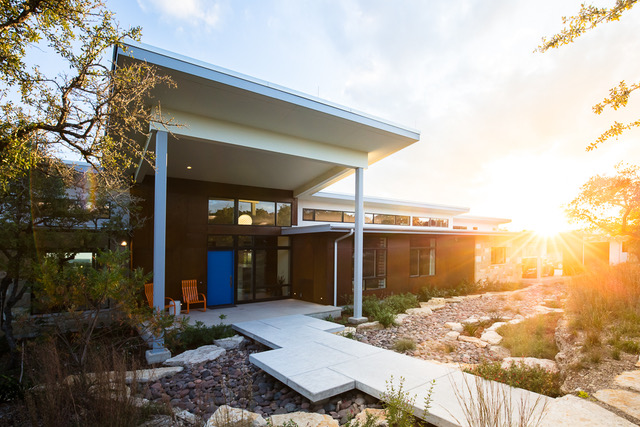Barley & Pfeiffer create the Net Zero House – a modern retreat outside of Austin, Texas
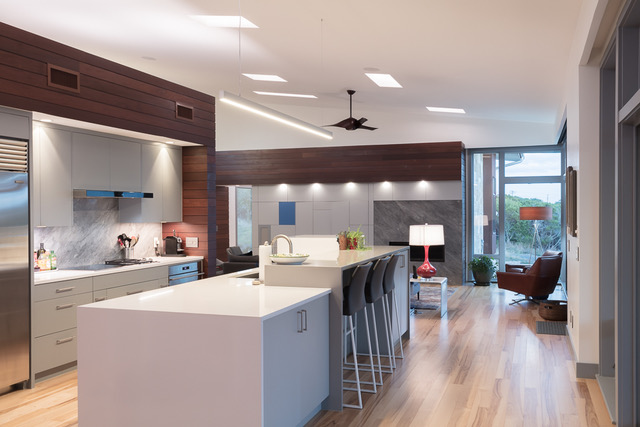
When Peter Pfeiffer, FAIA, creates a home, three considerations are always at the forefront. First, Pfeiffer explains, “It has to look good, but it has to function well for ‘family fun. It needs an open plan that still provides private spaces, and it needs to be resilient. That means it needs to cross-ventilate and account for the prevailing breezes on the homesite and windows need to be shaded, so that in the event of a power outage, for example, the house can still be comfortable.”
That’s a tall order, especially in Austin, Texas, where summer temperatures can often exceed 100 degrees throughout the summer months. Is that really realistic, we wondered? Pfeiffer thinks so, and noted that, even in the sweltering summer heat and humidity, a 2500 square-foot residence should be able to operate as efficiently as an average 1-2 bedroom apartment (that’s about 1/3 the cost of an average single-family home). We explored the “Net Zero” house to see how Pfeiffer and partner Alan Barley put these concepts to work.
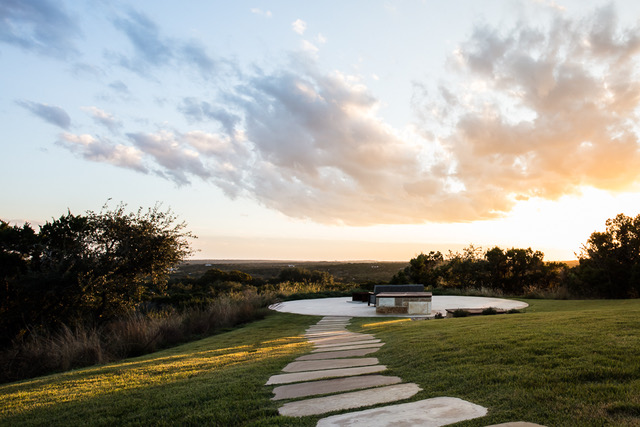
The “green” aesthetic (Pfeiffer prefers the term “high performance” – meaning a home that is particularly energy efficient, particularly energy efficient, and particularly healthy) is apparent as you arrive, as the native, drought-tolerant landscaping creates a natural habitat that is wholly in synchronicity with the native climate.
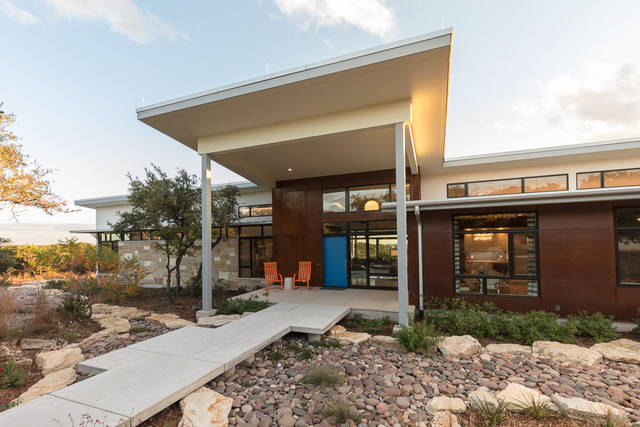
Low maintenance exterior materials and generous window overhangs (a cornerstone of Barley l Pfeiffer’s work) are signature highlights, as is the physical orientation of the home on the land, placed deliberately in accordance with expected light and wind patterns. As we approach, Pfeiffer specifically notes that he prefers to separate the garage from the main home – a choice that pays back with an improvement of interior air quality.
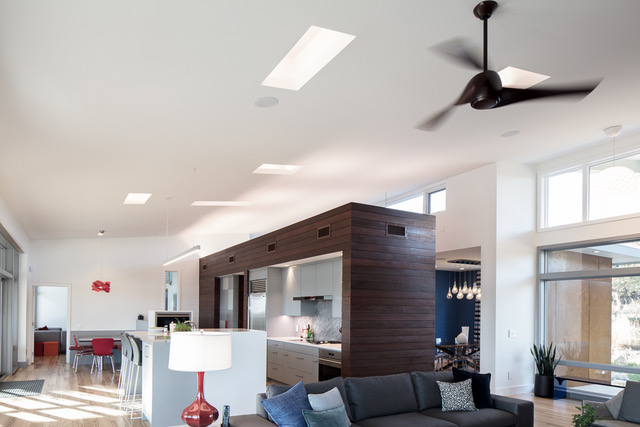
When you enter the home, the immediate impression is one of airy light, despite the generous window overhangs and an unexpected lack of direct, harsh light. Pfeiffer explains that the layout and window placement deliberately combine to spread light throughout the interior, and it’s easy to see how – high windows admit light, and from there interior walls that don’t (always) reach the ceiling and long, semi-open living spaces combine to reflect, magnify and focus light throughout the space. The net effect is truly and thoroughly modern and exceptionally soothing and comfortable – and a far cry from the stark, open concrete and metal box that has come to define a stereotypical “modernist” design aesthetic.
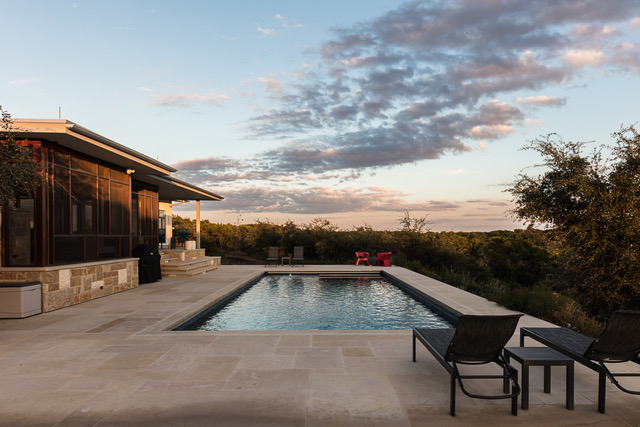
So is this home’s energy usage truly “net zero?” “Not yet,” Pfeiffer explains. “But once the solar panels are installed it will be.” For a home situated in a place where summer highs can routinely hit triple digits, that’s pretty cool!
The Modern Architecture + Design Society produces architecture and design events across North America.
